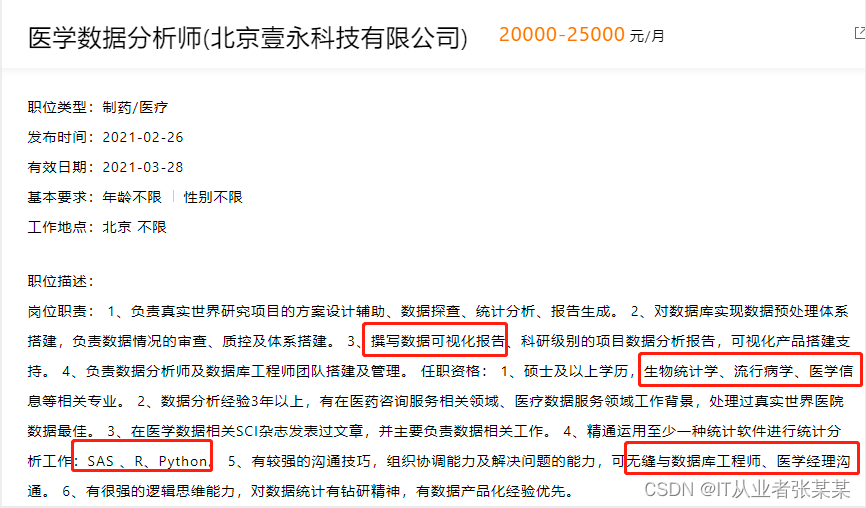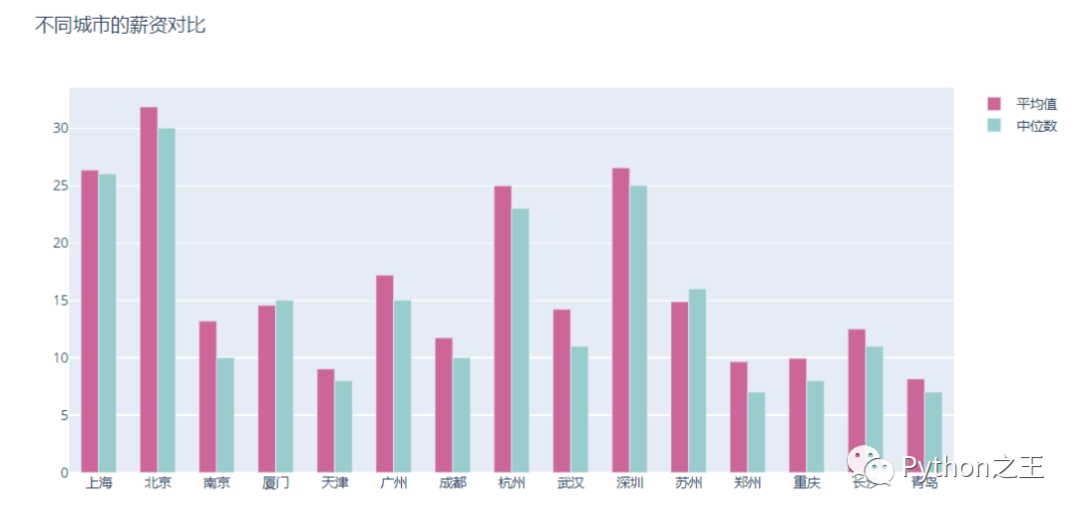【深度学习实验】线性模型(三):使用Pytorch实现简单线性模型:搭建、构造损失函数、计算损失值
【深度学习实验】线性模型(三):使用Pytorch实现简单线性模型:搭建、构造损失函数、计算损失值

一、实验介绍
- 使用Pytorch实现
- 线性模型搭建
- 构造损失函数
- 计算损失值
二、实验环境
本系列实验使用了PyTorch深度学习框架,相关操作如下:
1. 配置虚拟环境
conda create -n DL python=3.7 conda activate DLpip install torch==1.8.1+cu102 torchvision==0.9.1+cu102 torchaudio==0.8.1 -f https://download.pytorch.org/whl/torch_stable.htmlconda install matplotlib conda install scikit-learn2. 库版本介绍
软件包 | 本实验版本 | 目前最新版 |
|---|---|---|
matplotlib | 3.5.3 | 3.8.0 |
numpy | 1.21.6 | 1.26.0 |
python | 3.7.16 | |
scikit-learn | 0.22.1 | 1.3.0 |
torch | 1.8.1+cu102 | 2.0.1 |
torchaudio | 0.8.1 | 2.0.2 |
torchvision | 0.9.1+cu102 | 0.15.2 |
三、实验内容
ChatGPT:
线性模型是一种基本的机器学习模型,用于建立输入特征与输出之间的线性关系。它是一种线性组合模型,通过对输入特征进行加权求和,再加上一个偏置项,来预测输出值。 线性模型的一般形式可以表示为:y = w1x1 + w2x2 + ... + wnxn + b,其中y是输出变量,x1, x2, ..., xn是输入特征,w1, w2, ..., wn是特征的权重,b是偏置项。模型的目标是通过调整权重和偏置项,使预测值与真实值之间的差异最小化。 线性模型有几种常见的应用形式:
- 线性回归(Linear Regression):用于建立输入特征与连续输出之间的线性关系。它通过最小化预测值与真实值的平方差来拟合最佳的回归直线。
- 逻辑回归(Logistic Regression):用于建立输入特征与二分类或多分类输出之间的线性关系。它通过使用逻辑函数(如sigmoid函数)将线性组合的结果映射到概率值,从而进行分类预测。
- 支持向量机(Support Vector Machines,SVM):用于二分类和多分类问题。SVM通过找到一个最优的超平面,将不同类别的样本分隔开。它可以使用不同的核函数来处理非线性问题。
- 岭回归(Ridge Regression)和Lasso回归(Lasso Regression):用于处理具有多重共线性(multicollinearity)的回归问题。它们通过对权重引入正则化项,可以减小特征的影响,提高模型的泛化能力。
线性模型的优点包括简单、易于解释和计算效率高。它们在许多实际问题中都有广泛的应用。然而,线性模型也有一些限制,例如对非线性关系的建模能力较弱。在处理复杂的问题时,可以通过引入非线性特征转换或使用核函数进行扩展,以提高线性模型的性能。
本系列为实验内容,对理论知识不进行详细阐释
(咳咳,其实是没时间整理,待有缘之时,回来填坑)
0. 导入库
import torch1. 定义线性模型linear_model
该函数接受输入数据x,使用随机生成的权重w和偏置b,计算输出值output。这里的线性模型的形式为 output = x * w + b。
def linear_model(x):
w = torch.rand(1, 1, requires_grad=True)
b = torch.randn(1, requires_grad=True)
return torch.matmul(x, w) + b2. 定义损失函数loss_function
这里使用的是均方误差(MSE)作为损失函数,计算预测值与真实值之间的差的平方。
def loss_function(y_true, y_pred):
loss = (y_pred - y_true) ** 2
return loss3. 定义数据
- 生成一个随机的输入张量
x,形状为 (5, 1),表示有 5 个样本,每个样本的特征维度为 1。 - 生成一个目标张量
y,形状为 (5, 1),表示对应的真实标签。 - 打印数据的信息,包括每个样本的输入值
x和目标值y。
x = torch.rand(5, 1)
y = torch.tensor([1, -1, 1, -1, 1], dtype=torch.float32).view(-1, 1)
print("The data is as follows:")
for i in range(x.shape[0]):
print("Item " + str(i), "x:", x[i][0], "y:", y[i])
4. 调用模型
- 使用
linear_model函数对输入x进行预测,得到预测结果prediction。 - 使用
loss_function计算预测结果与真实标签之间的损失,得到损失张量loss。 - 打印了每个样本的损失值。
prediction = linear_model(x)
loss = loss_function(y, prediction)
print("The all loss value is:")
for i in range(len(loss)):
print("Item ", str(i), "Loss:", loss[i])
5. 完整代码
import torch
def linear_model(x):
w = torch.rand(1, 1, requires_grad=True)
b = torch.randn(1, requires_grad=True)
return torch.matmul(x, w) + b
def loss_function(y_true, y_pred):
loss = (y_pred - y_true) ** 2
return loss
x = torch.rand(5, 1)
y = torch.tensor([1, -1, 1, -1, 1], dtype=torch.float32).view(-1, 1)
print("The data is as follows:")
for i in range(x.shape[0]):
print("Item " + str(i), "x:", x[i][0], "y:", y[i])
prediction = linear_model(x)
loss = loss_function(y, prediction)
print("The all loss value is:")
for i in range(len(loss)):
print("Item ", str(i), "Loss:", loss[i])注意:
本实验的线性模型仅简单地使用随机权重和偏置,计算了模型在训练集上的均方误差损失,没有使用优化算法进行模型参数的更新。
通常情况下会使用梯度下降等优化算法来最小化损失函数,并根据训练数据不断更新模型的参数,具体内容请听下回分解。
- 一、实验介绍
- 二、实验环境
- 1. 配置虚拟环境
- 2. 库版本介绍
- 三、实验内容
- 0. 导入库
- 1. 定义线性模型linear_model
- 2. 定义损失函数loss_function
- 3. 定义数据
- 4. 调用模型
- 5. 完整代码

腾讯云开发者

扫码关注腾讯云开发者
领取腾讯云代金券
Copyright © 2013 - 2025 Tencent Cloud. All Rights Reserved. 腾讯云 版权所有
深圳市腾讯计算机系统有限公司 ICP备案/许可证号:粤B2-20090059 深公网安备号 44030502008569
腾讯云计算(北京)有限责任公司 京ICP证150476号 | 京ICP备11018762号 | 京公网安备号11010802020287
Copyright © 2013 - 2025 Tencent Cloud.
All Rights Reserved. 腾讯云 版权所有















